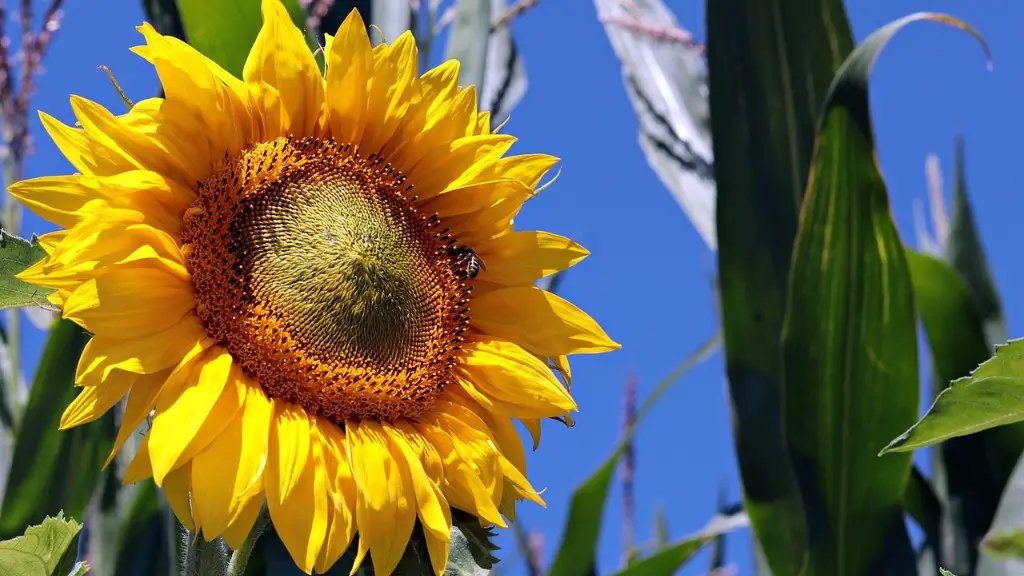Swidden agriculture, alternatively known as slash and burn agriculture, has been practiced for thousands of years. It is often used by small-scale farmers as a principal form of subsistence agriculture. This type of agriculture entails the clearing of sections of land by burning vegetation, with the resulting ash fertilising the soil. This practice is believed to be sustainable when managed appropriately, however, is it truly an environmentally friendly and sustainable practice? This paper will discuss if swidden agriculture should be considered sustainable, exploring the environmental, socio-economic and practical issues.
Environmental Factors of Swidden Agriculture
Swidden agriculture has numerous potential environmental impacts. Burning vegetation often releases vast amounts of CO2, which would negatively contribute to global warming. Additionally, the practice can lead to soil erosion and a decrease in biodiversity, as the burning will damage the habitats of numerous species. Furthermore, soil fertility might not be sustained in the long-term, leading to costly soil amendment or degraded land.
However, it should be noted that when managed correctly, swidden agriculture can actually benefit the environment. Burning vegetation can remove accumulated litter and debris, aiding water infiltration and promoting pest control. The ashes produced are also an effective form of natural fertiliser. Furthermore, swidden farming can also encourage mulching, creating an effective form of erosion control.
Socio-Economic Factors of Swidden Agriculture
Practiced in subtropical areas, swidden agriculture supports the livelihoods of a variety of rural subsistence farmers. This type of farming often gives those in developing countries access to land, basic foodstuffs, and the opportunity to gain a subsistence income. Furthermore, swidden farming can also provide access to a diverse and varied diet, reducing levels of malnutrition. Notwithstanding, swidden agriculture may bring other dietary and health issues; as the practice is extremely labour-intensive and burns a vast quantity of fossil fuels.
Swidden farming is also important from a financial and economic point of view. The practice is inexpensive, and land is often available for farming without a need for purchase. The subsistence produce is often sold to local markets, and can provide an income where one does not exist. When managed properly, swidden agriculture can also provide stability in poorer nations and regions.
Practical Factors of Swidden Agriculture
Swidden agriculture is a traditional practice, and many believe it to be a sustainable form of farming when managed appropriately. The practice often requires a low level of technology, and is more suited to those in developing nations. Its short-stewarded nature of the land can often be contrasted with other more permanent and capital intensive farming such as mono-cropping. Additionally, the practice generally requires less work in comparison to more technologically advanced farming systems.
Conclusion
This paper has considered if swidden agriculture can be considered sustainable. These environmental, socio-economic and practical factors have all been discussed in depth, providing a well-rounded view of its potential. While swidden agriculture can have implications for the environment, its benefits for subsistence farming are clear. With appropriate management, swidden practice may be recognised as an important part of global agriculture

